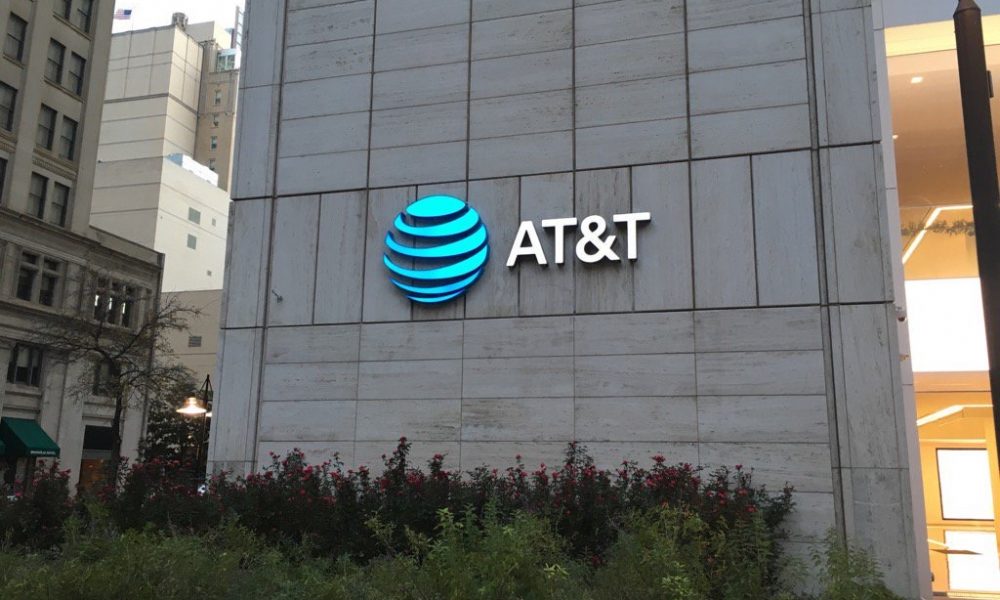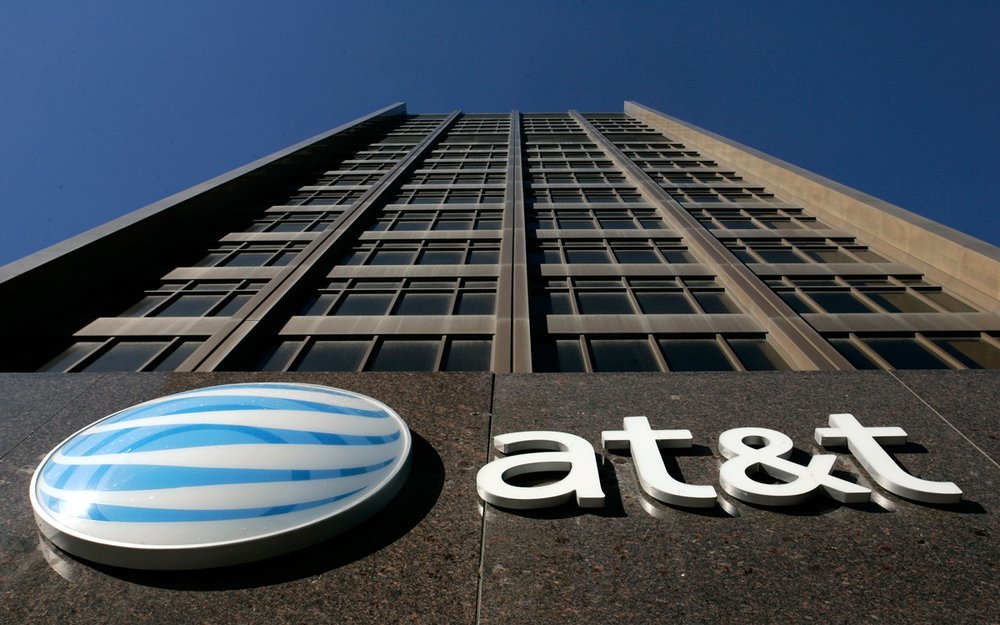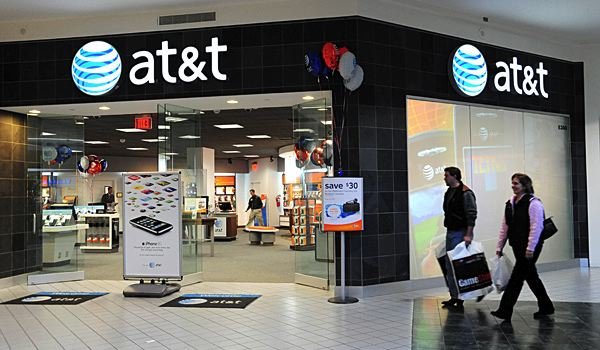
AT & T Pulls Through Despite what It Faced With the Government


AT & T, after being split up in 1984, has finally been able to rise back as a giant in all sphere of the communication industry
Do you know that AT & T is an ancient tech empire that dominated the telecommunication industry for a more significant portion of the 20th century? Yes, it did. The company was so big that in 1984 the government decided to split it into eight parts in order to keep it under control. Back then, the company went with the name Bell System, or Ma Bell as it was popularly known.
Now, after many years, the company has found a way to incorporate all parts of its split self and even added more cable suppliers and cellular carriers into its holdings. Thereby, defeating the move by the government decades ago. To find out how it was able to pull through despite the uncertainties that plagued the technology industry, a media house carried out an interview in February.

AT & T is now more than twice its size after coming together with a huge satellite Cable Provider and Cellular Network under its brand
A TOO Vast Empire
Back in the 20th century, AT & T monopolized the phone industry and was the most expected hardware and communication service in homes and offices. And though it broke apart in the late 90s to give other companies the chance to rise and even the competition, it has found a way to double in size and to incorporate more communication services to its name; which mind you, do thrive well in the tech world.
Richard R. John, a professor in Columbia who handles Communication and History in the university, and who wrote the Telephone History of America, expressed how the 1984 breakup wasn’t the first time the company was threatened with lawsuits by regulators or the government. In fact, the first major attack it absorbed was witnessed in 1907, when an antitrust suit was filed against the firm.
The firm, to avoid the government stepping into the case and taking over the rings of the company, decided to settle the lawsuit issue in 1913, and furthermore, made some severe agreements. First, it had to let go of some of its companies: Western Union, and telegraphs. Secondly, it went further to resist the urge to buy out rivals at the local level, which gave a chance for competitors to rise.
As if that wasn’t enough, in 1956 another ordeal met the company’s progress: to keep the Western Electric; the conglomerate was forced by the Department of Justice in the US, to let go of the computer business sector which the firm was known to had eyed. This led the company to open its vaults and reveal its most priced invention: the transistor. Yes, thanks to the Bell System, the computer world was significantly improved.
But that is not where the pursuit of the government stopped. Though they government, under a consent agreement, left the Ma Bell’s telephone and manufacturing sectors run, the progress they met after 20 years of operating in that department of the tech world led the government to file another anti-trust suit against the organization, aiming to curtail it. This happened in 1974.
The company was only able to overcome the antitrust suit after eight years, but then the government came all out and broke it apart because apparently, it was “too big.”

How did They Recover?
Though Bell system gave up lots of its arms to secure the three core arms of its operation: the R&B labs arm for innovative ideas, the Western Electric manufacturing arm, and its long-distance arm on helping reach the world with its services; some of those companies still thrive. Some merged along the line to provide more cutting-edge services in the tech world. One of such firms is Verizon.
Along the line, even those arms which they tried to protect suffered as the pillars which held them ― the small operating firms― where no longer around to keep up the work. The lab was given out to Lucent when they could no longer support it; even the Western Electric suffered the same fate.
More firms under the Ma Bell RBOC absorbed each other, and in 2014, only four out of seven of these sub-companies remained. In order to revive the old company and reform it into an engine that can’t be strictly regulated by the government as before, Southern Bell bought AT & T in the year 2005 for $16 billion and utilized it as an engine to absorb other tech companies.
In the year 2006, the new AT & T bought Bellsouth, and in 2014 made a move to acquire T-Mobile, though the Obama government strictly prohibited that. Now, it is in the process of incorporating Time Warner for $85 billion and has already purchased DirectTv, which was accomplished in the year 2015.
More in Advisor
-
`
Brad Pitt’s ‘Semi-Retirement’ Plans
Brad Pitt, known worldwide for his Academy Award-winning acting and top-notch production skills, is not just a Hollywood sensation; he’s a...
December 9, 2023 -
`
Streaming Giant Netflix Faces Yet Another Challenge
In the ever-evolving landscape of streaming entertainment, Netflix, once the unchallenged king of digital content, now faces a complex puzzle beyond...
December 1, 2023 -
`
Signs You Should Quit Your Current Job & Move On
You Don’t Feel Comfortable at Work Imagine spending the majority of your waking hours in a place where you feel uneasy,...
November 20, 2023 -
`
How to Adjust and Renew Your Portfolio
Investing in the financial world is like navigating an ever-changing landscape—constantly evolving, always shifting. The key to staying on track? Regularly...
November 18, 2023 -
`
Dr. Dre’s Divorce With Nicole Young: A Closer Look
When the beats of old-school hip-hop start bumping, Dr. Dre’s name reverberates in fans’ minds worldwide. Born as Andre Young, this...
November 12, 2023 -
`
Why Branded Content Is the Best Way to Connect With Your Audience
Have you ever found yourself deep in a compelling article or engrossed in a video series, only to later discover that...
November 5, 2023 -
`
Why the Gender Pay Gap Could Be Getting Worse | New Research Findings
At a time when women are making significant strides in various professional arenas, a new report throws light on a trend...
October 28, 2023 -
`
What Is a Bull Market and How Can Investors Benefit From One?
In finance, the term “bull market” is frequently used to describe a period of optimism, rising asset prices, and investor confidence....
October 19, 2023 -
`
A-List Power Couples Where the Women Make More Money
In an era of shifting gender roles and evolving definitions of success, it’s increasingly common to find celebrity couples where the...
October 15, 2023















You must be logged in to post a comment Login